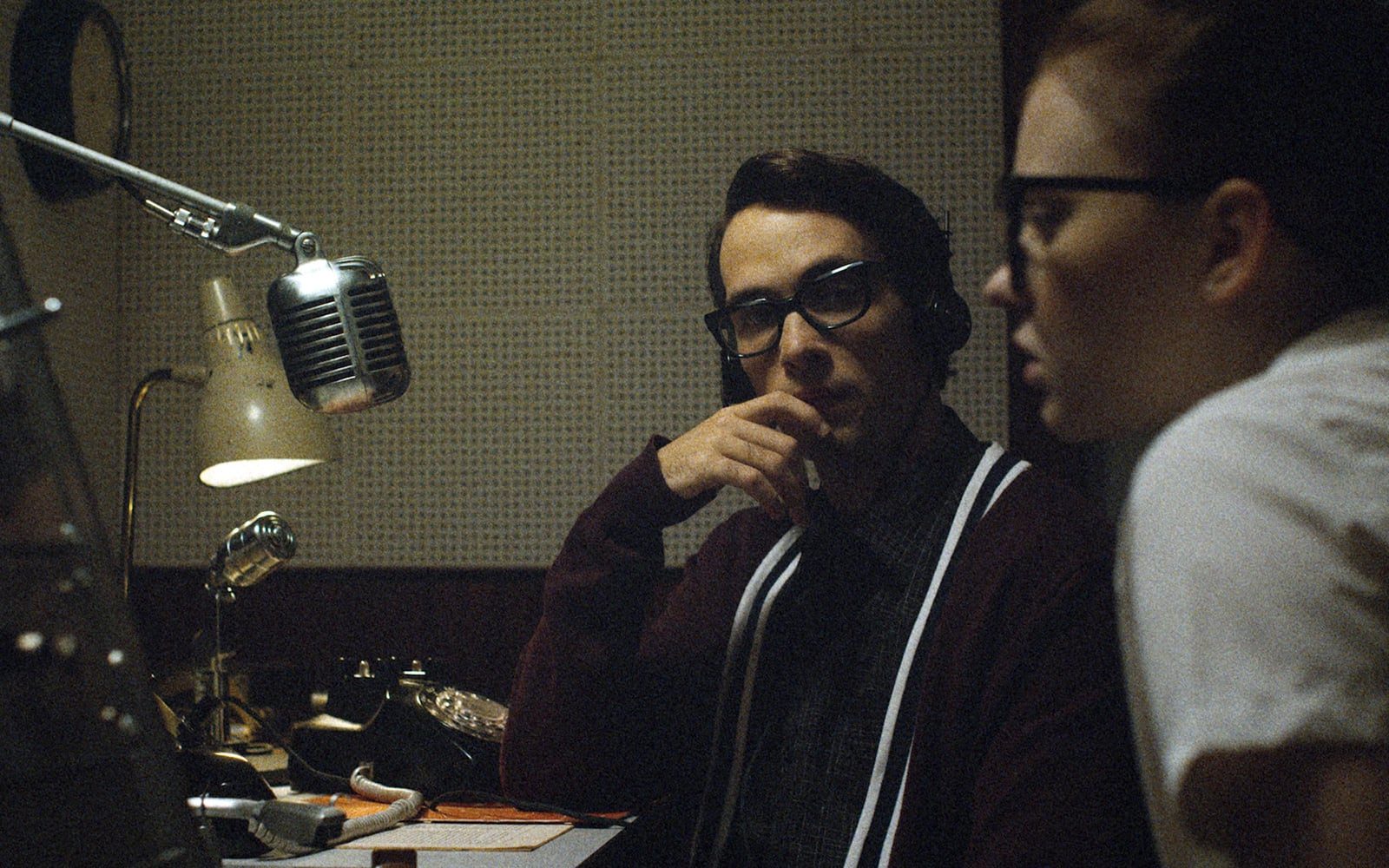The Vast of Night by Andrew Patterson (Review)

It’s some time in the 1950s, and practically everyone in the sleepy little town of Cayuga, New Mexico has come together to watch the high school basketball game. Everyone, that is, except for Fay Crocker (Sierra McCormick) and Everett Sloan (Jake Horowitz), who are beginning their shifts at the town’s switchboard and radio station, respectively. The two seem destined for a boring and uneventful night — until, that is, Fay picks up a strange signal that interrupts Everett’s broadcast.
Intrigued by the signal, the pair record and broadcast it over the air on Everett’s station — and that’s when the strange phenomena begin to occur. As the rest of Cayuga cheer on the hometown team at the school gymnasium, Fay and Everett begin a race around town to find an explanation for the mysterious signal — a signal that grows increasingly ominous as the night unfolds.
If you’ve ever watched an episode of The X-Files, then you should have a pretty good idea of where Andrew Patterson’s The Vast of Night is going to end up within the first fifteen minutes or so. In other words, don’t be surprised if the movie’s storyline feels too familiar, like you’ve seen it all before.
But the fun of watching The Vast of Night doesn’t come from what its story is about, but rather, how that story is told. For a film that may or may not be about aliens and military conspiracies, The Vast of Night feels surprisingly, and wonderfully, mundane, focused on the seemingly boring details of its two main characters and their town.
The film begins with a long scene of our two protagonists discussing Fay’s new tape recorder, with Everett teaching her how to use it by interviewing random people waiting for the game to start. Then, as the two walk to their jobs, Everett interviews Fay about newfangled devices that she’s read about in various science magazines (including a particularly preposterous idea of phones with little video screens on them).
At first, this opening scene seems pretty aimless and meandering. But then you realize how brilliant it actually is. By listening to them simply gab about trivialities, we gain some key insights into our main characters — the earnest-yet-naïve Fay who dreams of working on a bigger switchboard, the smooth-talking Everett who wants to break real news — and their friendship, as well as the human drama that exists even in a nowhere town like Cayuga.
It helps sell the film’s reality, and by the time Everett starts his radio broadcast after walking Fay to her office, you believe that Cayuga is a real place filled with living, breathing people. (The film’s production design and details, right down to Fay’s cat eye glasses and saddle shoes, also helps to sell the reality.) Which means that as Fay and Everett are drawn into the mystery of the signal, and Patterson ratchets up the tension and atmosphere, you find yourself caring about these two small-town teenagers and what could happen to them during their investigation.
It’s always risky for a director to just let characters talk for an extended period of time sans any cuts or edits. This is doubly true for a sci-fi movie; today’s genre audiences are trained to expect fast edits, flashy special effects, and spectacle to stay hooked. But The Vast of Night contains multiple scenes, aforementioned opening included, where Patterson does nothing more than fix his camera on one or two characters while they go about what they’re doing for minutes on end, with riveting results.
It’s to Patterson’s credit that he trusts his cast of relative unknowns enough to make his directorial debut this way, and it’s to their credit that they deliver so well. One scene in particular, which involves a side character recounting her experiences with the signal, could’ve been nothing more than mere exposition (i.e., the exact opposite of “show, don’t tell”). But between the actress’ performance and Patterson’s assured direction, I found myself completely entranced by the woman’s sad, spooky tale.
Also, one of the other extended dialog scenes feels particularly poignant in light of current events that are shining a light on America’s history of racism. Given that the film was released last year, there’s no way Patterson could’ve timed that. But then again, the scene subtly underscores the fact that such injustices have been with us for a very long time — a point that today’s protests are trying to make.
If I have one quibble with the film, it’s that it’s presented as an episode of a Twilight Zone-like series titled Paradox Theatre, a framing device that feels increasingly gimmicky and unnecessary as the film unfolds. But that’s a very minor quibble in light of everything else that The Vast of Night does so well. (And I haven’t even talked about the brilliantly executed tracking shot that Patterson just throws down in the middle of the film.) Put simply, The Vast of Night is a little gem of a film, an understated genre movie that takes a familiar storyline and presents it in a way that feels fresh and unique.
